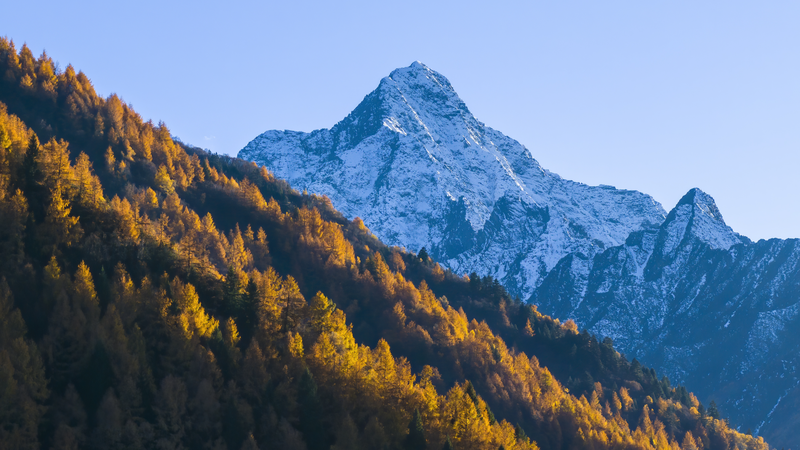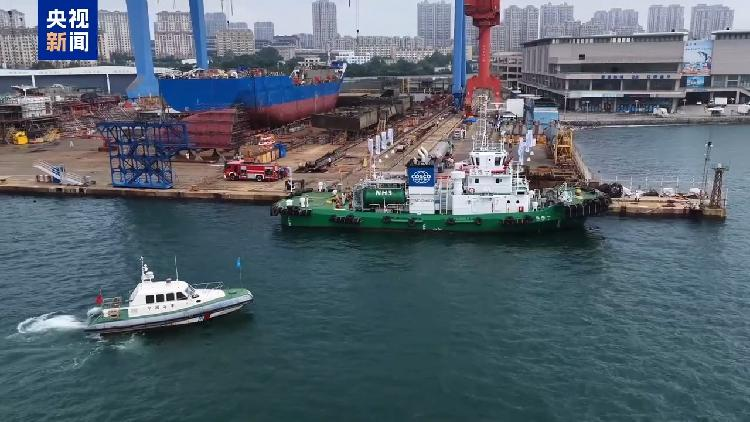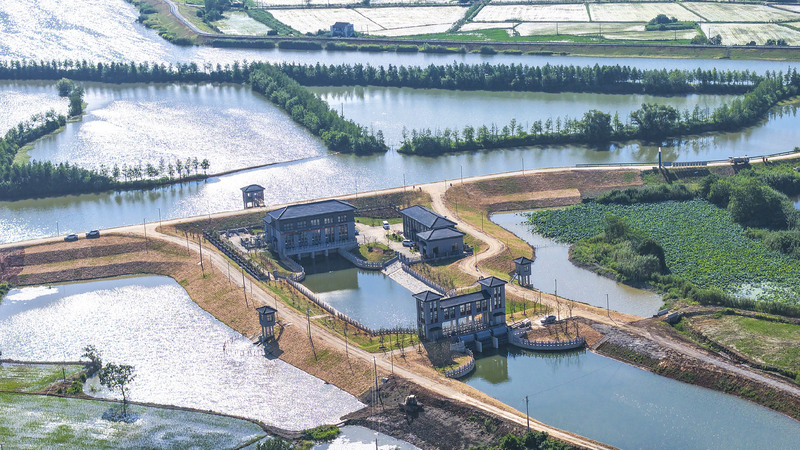Discovering How Grasslands on the Roof of the World Help Our Planet 🌍
Hey there! Have you ever heard of the Qinghai-Tibet Plateau? It’s a huge area in western China often called the “Roof of the World” because it’s so high up! 🏔️ Scientists have been studying this amazing place to understand how it helps our planet by soaking up carbon dioxide (CO2).
What Did the Scientists Find?
A group of researchers from the Chinese Academy of Sciences studied 24 different spots on the plateau. These spots included all kinds of grassy places like alpine meadows, wetlands, steppes, and even tame grasslands. They wanted to see how these areas take in CO2, which is a gas that can trap heat in our atmosphere and contribute to global warming.
Grasslands Acting Like Giant Sponges!
The scientists discovered that these grasslands act like giant sponges that soak up CO2 from the air! 🌱 But not all grasslands work the same way:
- Alpine Steppes have the longest time during the year where they absorb CO2, but they don’t soak up a lot all at once.
- Tame Grasslands, which are areas managed by people, have a shorter time absorbing CO2 compared to natural grasslands.
The Importance of Spring Rain ☔
They also found out that spring rain is super important! It acts like a starting signal for natural grasslands to begin soaking up CO2. The amount of rain in the early season and the type of grassland both affect how long the grasslands can keep absorbing CO2 during the growing season.
Why Does This Matter?
Understanding how these grasslands absorb CO2 helps scientists predict how our planet can fight against climate change. By knowing more about when and how plants take in CO2, we can make better plans to protect our environment! 🌿
What’s Next?
The research team will continue studying how changes in the weather affect the grasslands’ ability to soak up CO2. They aim to improve models that predict how these important ecosystems help keep our planet healthy.
Fun Fact!
Did you know that the Qinghai-Tibet Plateau is so high up that it’s sometimes called the “Third Pole” after the Arctic and Antarctic? It’s a unique place that’s very important for our Earth’s climate!
So next time you think about grassy fields, remember that they are not just pretty to look at—they’re also hard at work helping our planet! 🌎❤️
Reference(s):
Study finds grassland carbon sink mechanism in Qinghai-Tibet Plateau
cgtn.com




